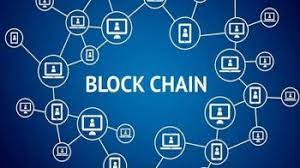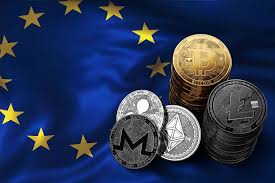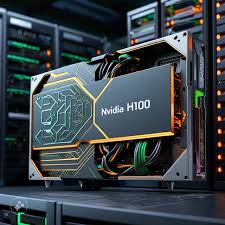A subsidiary of the World Bank, International Finance Corp (IFC), disclosed to reporters on Wednesday that it is supporting a blockchain-based platform for the trading of carbon offsets in an effort to increase institutional investment in climate-friendly projects in emerging nations.
The use of blockchain, a digital database containing information that can be shared publicly over a sizable decentralized network, is a wager that will increase the adoption of carbon offsets more than more conventional approaches.
When calculating their carbon footprint, businesses and organizations use these credits to offset their emissions. They are supported by initiatives that reduce emissions, including planting trees or developing solar and wind energy.
In the past year, a number of financial technology companies have emerged to convert carbon offsets into digital tokens, but the market has found it difficult to gain traction with businesses and institutional investors due to uncertainties regarding the source and environmental advantages of some of the traded credits. Environmentalists have also criticized blockchain technology for requiring too much energy.
The owner of the biggest carbon credit registry in the world, Verra, has declared that it would not permit the tokenization of its retired carbon offsets and has announced a consultation on the subject.
IFC will only purchase, tokenize, and sell unused credits from a recognized registry that satisfies its additional quality tests, a representative for the organization told reporters.
The Carbon Opportunities Fund, which will supply the carbon offsets on the blockchain, has been launched by the IFC in collaboration with sustainability financing company Aspiration, blockchain technology company Chia Network, and biodiversity investor Cultivo.
The $10 million proof-of-concept fund will purchase carbon credits from projects selected by Aspiration and Cultivo, tokenize them using Chia technology, and track them using the World Bank’s climate warehouse.
Speaking with the IFC about its involvement in the Climate Warehouse, a Verra representative noted.
According to Steve Glickman, president of Aspiration’s international division, “it’s going to set a standard and a benchmarking for the industry that increases the likelihood that additional institutional capital will follow in behind it.”
Only around 10% of carbon credit projects, according to Glickman, would currently satisfy the requirements of the fund.
Governments have not yet agreed on trading regulations, therefore the carbon credit market is essentially unregulated. In order to achieve their net-zero carbon emissions targets by 2050—a vital objective to lessen the effects of climate change—many nations and businesses are considering offsetting.
However, Aspiration estimates that only a third of the 50–60 gigatonnes of emissions that need to be reduced annually can be done so by using renewable energy sources and efficiency improvements.
The IFC’s fund has identified between 250,000 and 300,000 tonnes of credits that might be purchased by year’s end and are performing due diligence on projects that represent roughly 1 million tonnes of credits that could become available in the coming months.
According to Bruce Keith, senior investment officer at the IFC, the platform’s transparency will enable businesses and investors to give the environmental projects that created the offsets more credit.
“Why is the value of credit from the Amazon different from one from the Congo basin? Or maybe more or less than a credit from a southern American forest? Now that you have the tools to do so” said Keith.

















